Join us on a captivating journey through the historic Flanders Fields, a major battleground in World War I. Discover the stories and sacrifices of brave soldiers from the Commonwealth nations as you visit notable sites such as the German Military Cemetery of Vladslo, the monument of the “Brooding Soldier,” and Tyne Cot Cemetery, the largest Commonwealth cemetery in the world. Expert guides will share their extensive knowledge, helping you understand the events that led to the war and its devastating consequences.
Immerse yourself in history as you explore the Passchendaele battlefield and the Essex Farm Cemetery, where the famous poem “In Flanders Fields” was written. The experience reaches its poignant climax at the Last Post Ceremony at Menin Gate, a heartfelt tribute to the missing soldiers. Embark on this emotional journey and honor the memory of those who fought for our freedom.
Hightlights:
We are dedicated to making your Flanders Fields battlefield tour truly memorable and giving you an insight into the Great War by guiding you through a careful selection of battlefields, memorials, cemeteries, trenches, bunkers, and more.
- Tyne Cot Cemetery
- Passchendale
- Hill 60 preserved battlefield
- German cemetery
- Bunkers and craters
- Restored trenches
- Hooge Crater Museum
- Essex Farm Cemetery the town of Ypres and various memorials to the British Forces (including ANZAC and Canadian)

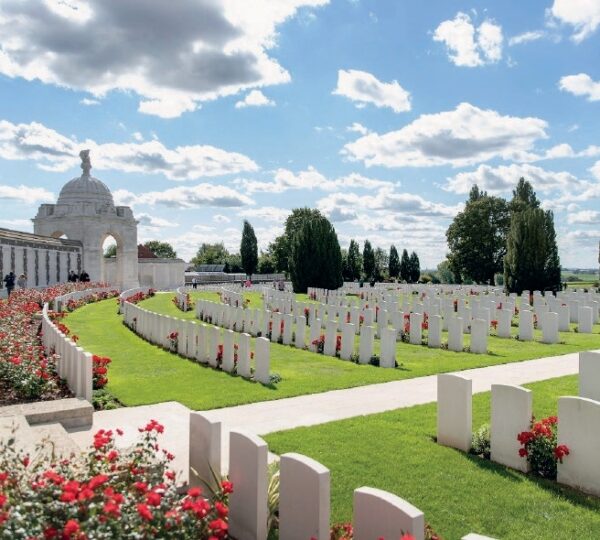
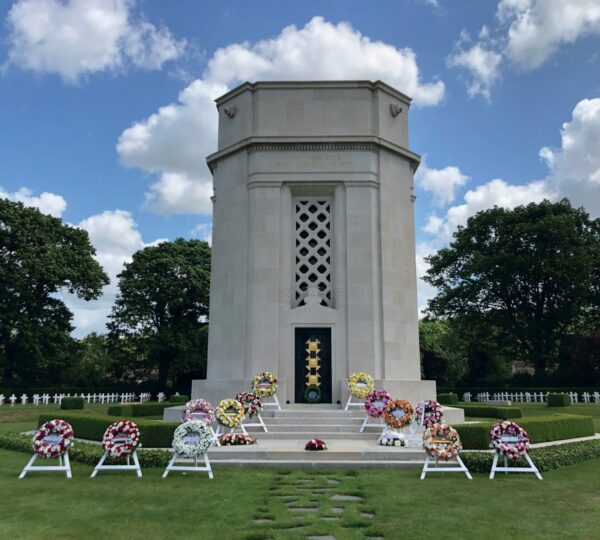
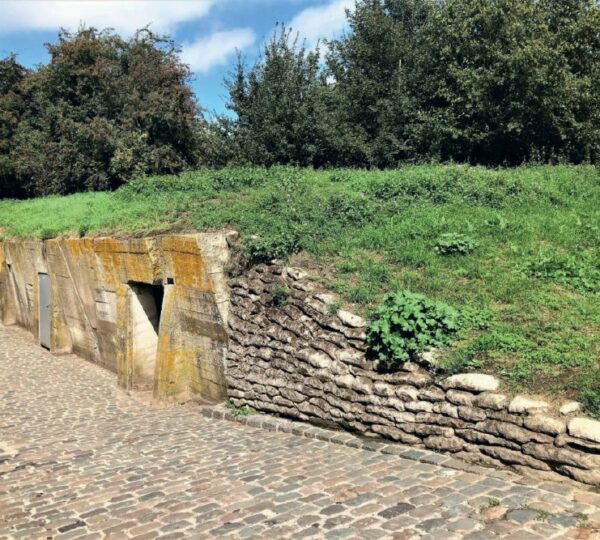
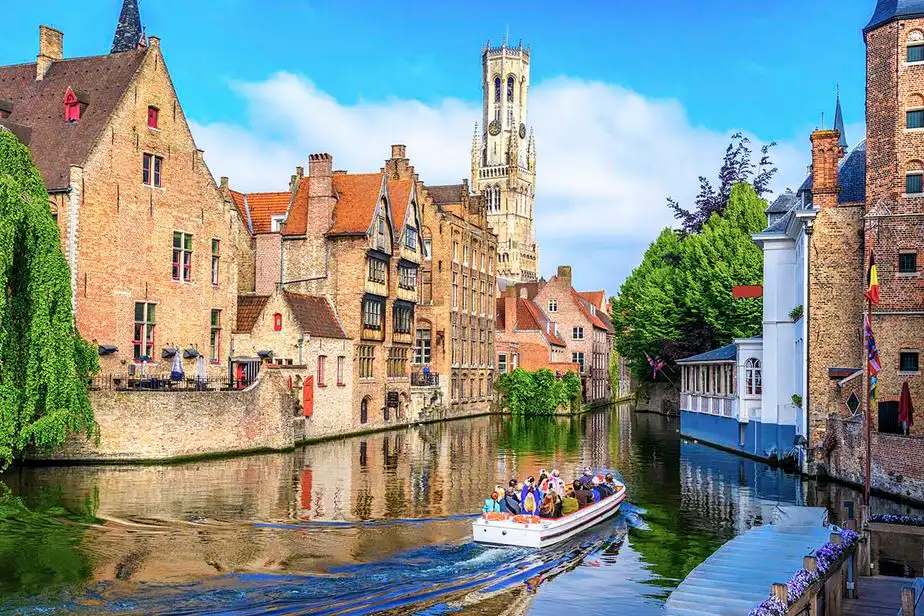
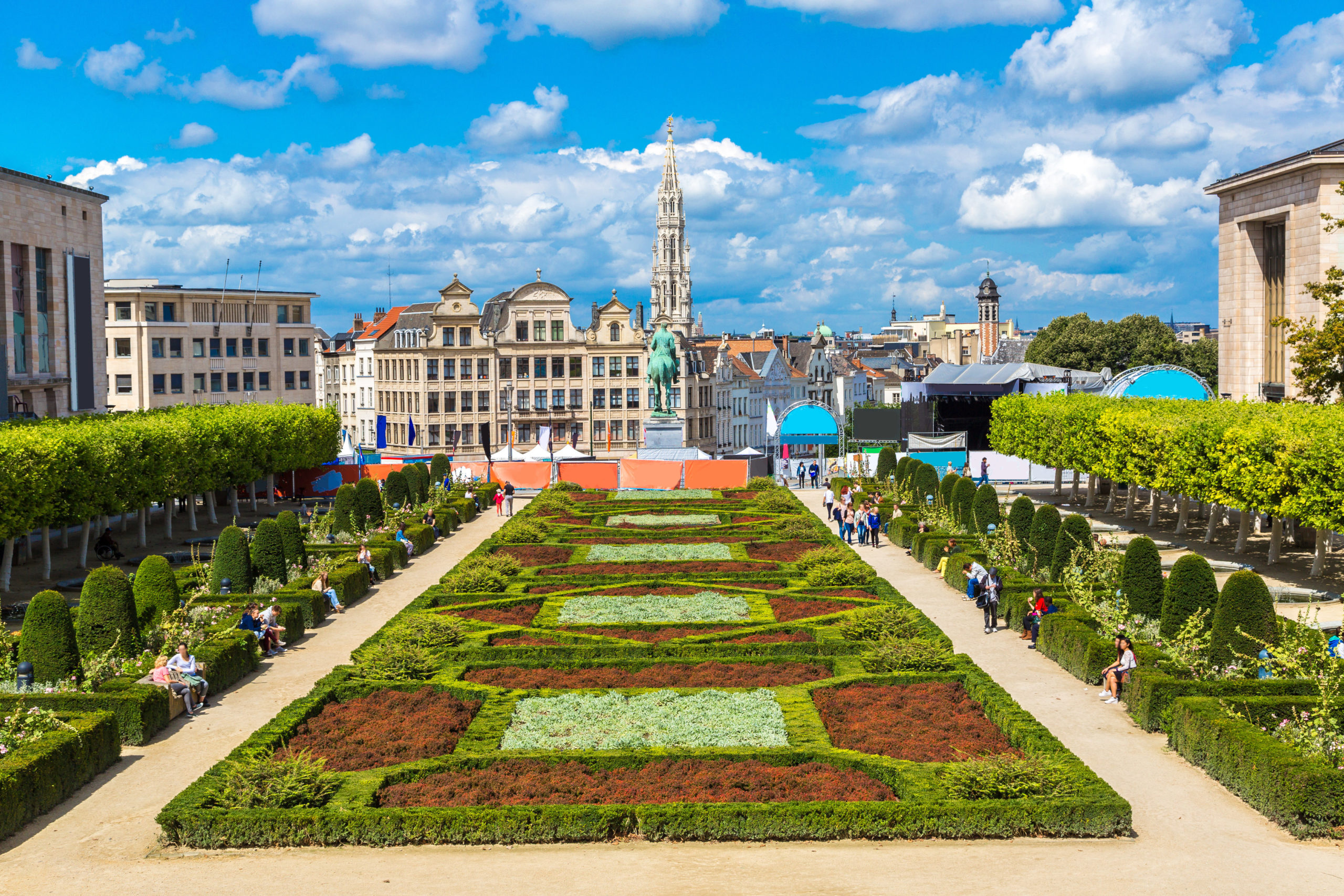
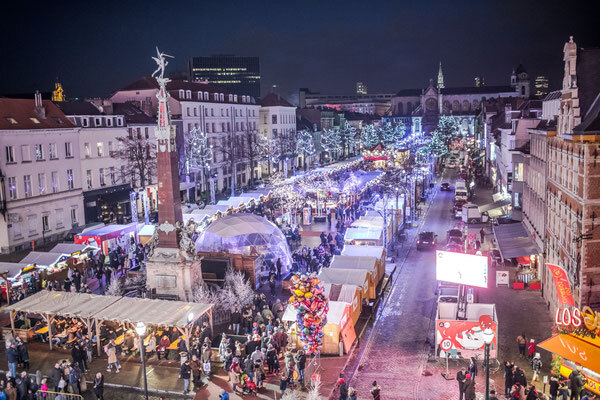
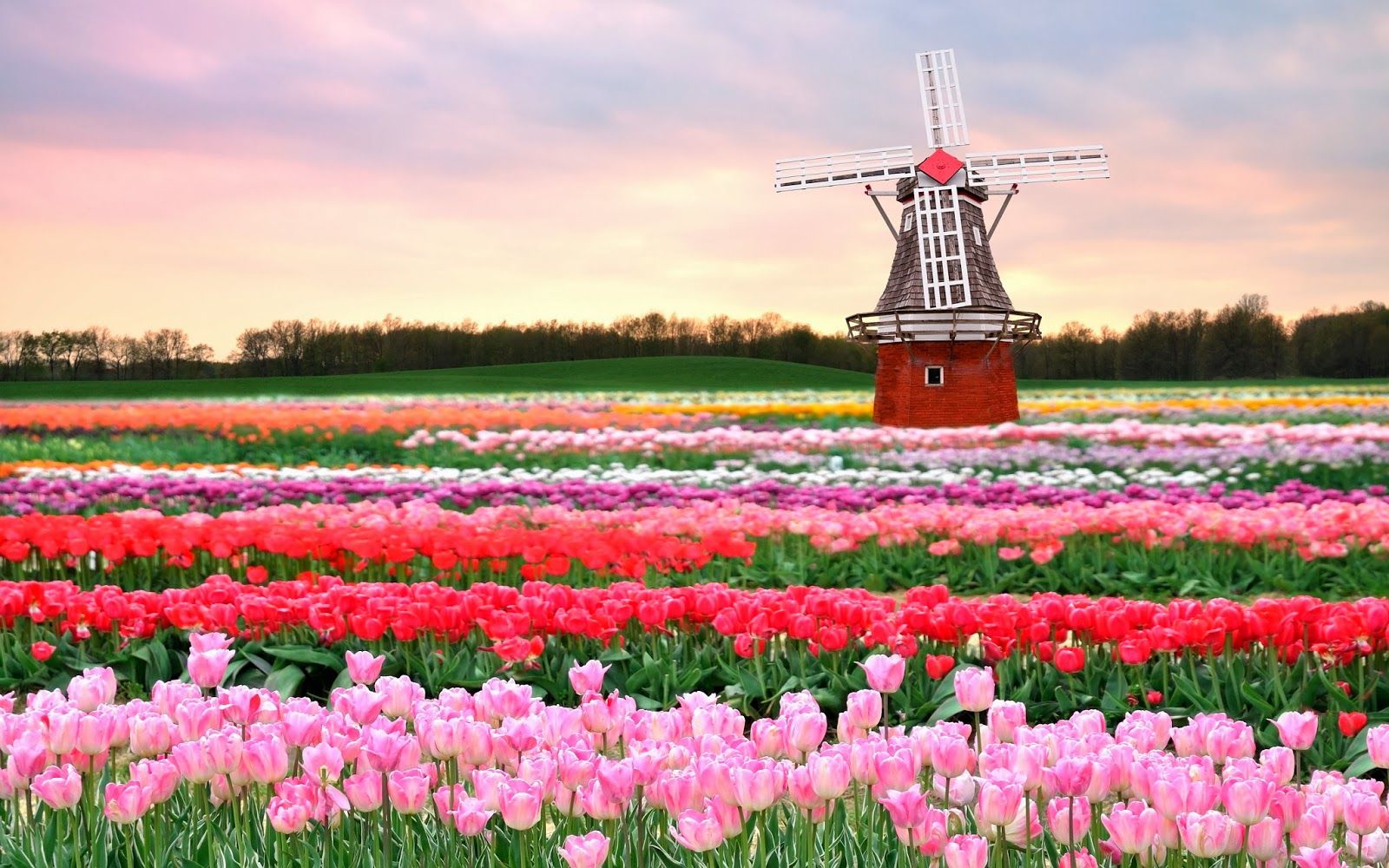
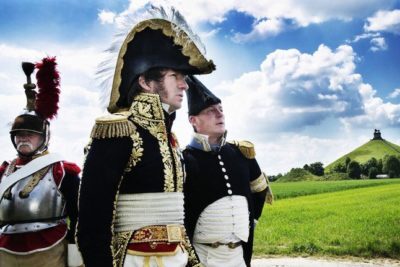


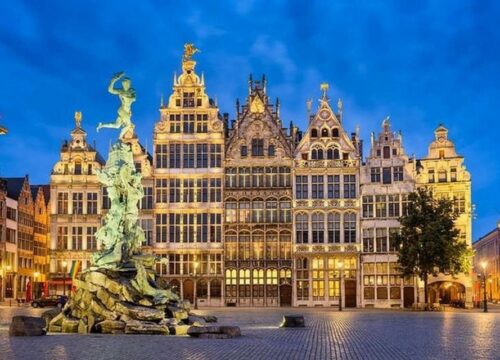


5
The Infamous Battlefields of the First World War is a compelling and meticulously researched account of some of the most brutal and defining conflicts of the Great War. The book provides an in-depth analysis of key battles, such as the Somme, Verdun, and Passchendaele, painting a vivid picture of the devastation, strategy, and human cost of war.
The author does an excellent job of balancing historical accuracy with engaging storytelling. Through firsthand accounts, detailed maps, and gripping narratives, readers gain a strong sense of the chaos and horror soldiers endured. The descriptions of trench warfare, artillery bombardments, and the grim realities of life on the front lines are particularly powerful, making history feel raw and immediate.
One of the book’s strengths is its ability to connect military tactics to their broader implications—how each battle influenced the course of the war and shaped modern warfare. It also touches on the psychological and societal impact of these battles, providing a well-rounded perspective.
While the book is highly informative, some readers might find the level of detail overwhelming, especially those less familiar with military history. However, for enthusiasts and scholars, this depth is a major asset.
Overall, The Infamous Battlefields of the First World War is an essential read for anyone interested in World War I history. It offers a harrowing yet fascinating journey through some of the most significant and tragic battlefields in modern history.